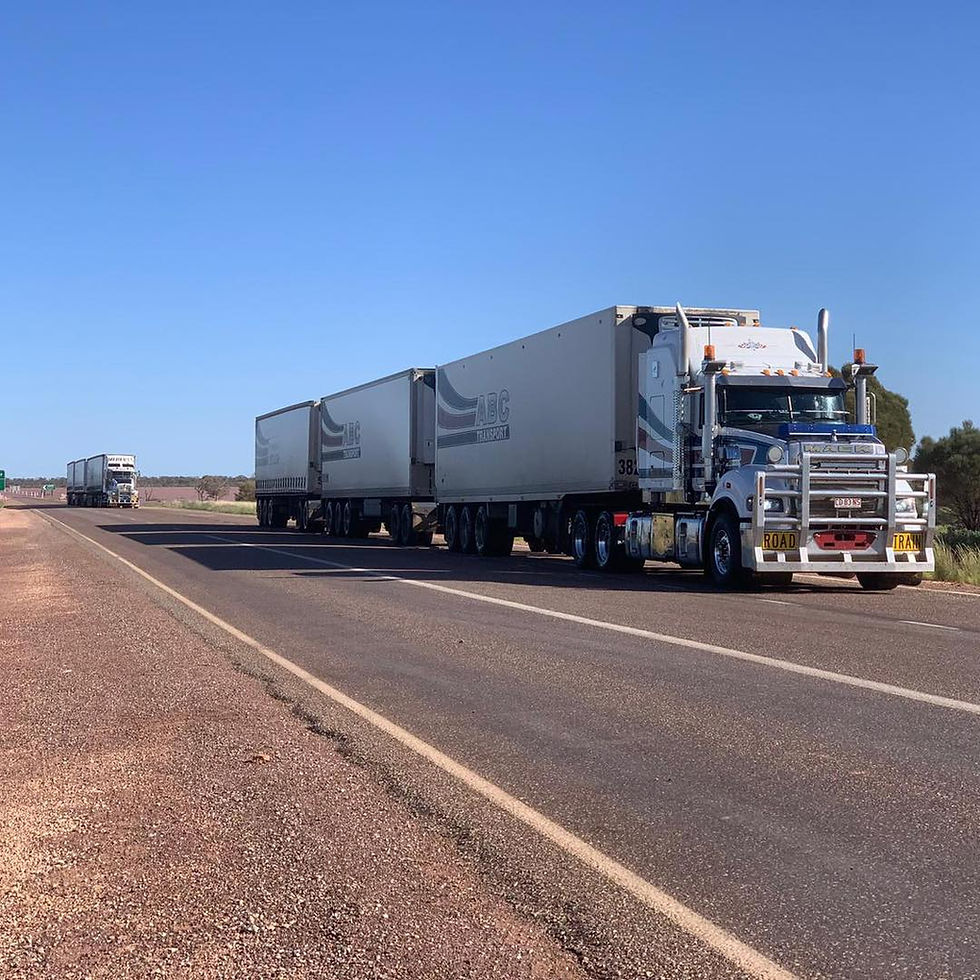China threatens Australia with missiles
- John McDonnell
- May 10, 2021
- 3 min read

In the latest edition of ‘The Saturday Paper’ emeritus professor of strategic studies at ANU, Hugh White wrote an article entitled pretentiously ‘It would probably be the biggest war since 1945 – and very likely a nuclear war’. Professor White was talking generally about the prospects of war breaking out between the United States and China but in the course of his dissertation, he made the point that Australia should stop making inflammatory statements about conflict with China and avoid being seen as acting in concert with the US on a policy of containment of China.
In making this point Professor White was foreshadowing a view put forward by Chinese professor of Australian studies at China’s Normal University, Chen Hong, in Monday’s Global Times ( a propaganda arm of the Chinese government). Professor Hong wrote:
“The previous weeks saw a series of militantly strident remarks from Australia's top officials, ranging from Prime Minister Scott Morrison and Defence Minister Peter Dutton to current Home Affairs Secretary Michael Pezzullo, whipping up Canberra's bellicosity toward the one-China principle.”
As with a lot of things in the ‘Global Times’ this is a bit of an exaggeration.
When asked about the possibility of conflict over Taiwan, Scott Morrison said Australia would stick by its international obligations. As Chen Hong acknowledges, this includes an agreement with China that Taiwan is a province of China.
The only basis for an international conflict would be if China launched an unprovoked attack on Taiwan. The Chinese say the reunification of China is a sacred duty of the Chinese people, but this does not mean that there needs to be an attack on Taiwan and the only time one would occur would be if Taiwan declared independence. In these circumstances, the U.S. would not come to Taiwan’s assistance.
Peter Dutton simply said that the prospect of conflict over Taiwan should not be discounted, which is a statement of the bleeding obvious.
Mike Pezzullo, while talking out of turn, merely made the point that certain elements of Chinese society were talking aggressively about Chinese reunification.
Nevertheless, Hugh White makes a good point in his article when he says that it is not in Australia’s interest to become engaged in a conflict with China or for it to be a party to a policy of containment, because either way, Australia would be the loser. Australia is unlikely to have the capacity to engage in a Chine containment strategy before 2050 when the current shipbuilding program is complete.
Moreover, Australia is vulnerable to a potential missile attack from China.
Last Friday’s ‘Global Times included an article by Hu Xinin which contained the following quote:
“Given that hawks in Australia are hyping and hinting that Australia will assist the US military and participate in war once a military conflict breaks out in the Taiwan Straits, and the Australian media outlets have been actively promoting the sentiment, I suggest China make a plan to impose retaliatory punishment against Australia once it militarily interferes in the cross-Straits situation.
"The plan should include long-range strikes on the military facilities and relevant key facilities on Australian soil if it really sends its troops to China's offshore areas and combats against the PLA.
"In addition to making the plan, China should also reveal this plan through non-official channels to deter the extreme forces of Australia and prevent them from taking the risk and committing irresponsible actions.”
Professor White believes that these threats should be taken seriously and that the prospect of nuclear attack 'should not be discounted', to use Peter Dutton’s words. He thinks that in the circumstances, Australia should back down and declare Australia will not support the United States in any action over Taiwan.
However, given that the ‘command and control’ centre for any U.S. operation would be connected to - and operate through - Pine Gap, this may be difficult to do.






Comments